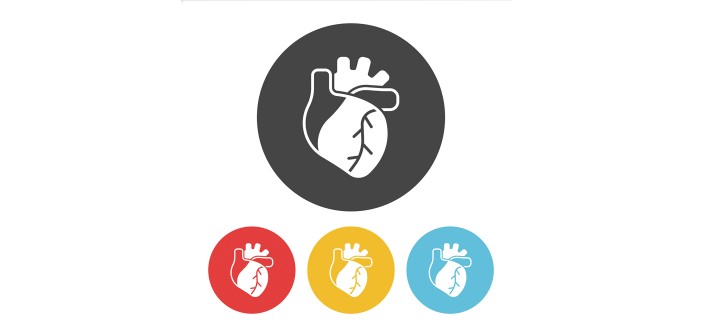In the past few years, many advances have taken place in the treatment of heart disease. Unfortunately, the most important steps in preventing the disease or its progression are still not optimal.
Cigarette and tobacco use, high cholesterol, high blood pressure, physical inactivity, obesity and diabetes are the six major risk factors for coronary heart disease that we can modify and improve.
Of those, cigarette smoking is the leading preventable cause of death and disease in the U.S. This is a wide-spread problem in our society, and it accounts for a large percentage of the annual deaths in North America.
While smoking increases the risk of coronary heart disease by itself, it also influences and worsens the impact of other risk factors, including hypertension. Those who smoke have lower stamina for physical activity, in general. Furthermore, the tendency for blood to clot is increased with smoking. More importantly, for those who have already developed heart disease and undergone bypass surgery, the risk of recurrent heart attacks and negative events is substantially higher if they continue to smoke.
It may appear to younger men and women that the risks of smoking are lower because they are young. The truth is, cigarette smoking is the most important risk factor for young men and women. It produces a greater relative risk in persons under age 50 than in those over 50.
Women who use oral contraceptives and smoke have greatly increased risk of heart disease compared to those who don’t. HDL, otherwise known as “good cholesterol,” is reduced by smoking. Smoking will even worsen the impact among those who have family history of heart disease. Therefore, it is imperative for those in that population to make an even greater effort to quit.
The good news is that the health benefits of smoking cessation start almost immediately. Fortunately, within few years of quitting, the risk of stroke and coronary artery disease becomes almost similar to non-smokers. This is a goal every smoker should have and aspire to. It is important to remind ourselves that this change will have a great impact on health, and that it is never too late to do it.
Conversely, physical activity indeed reduces the risk of cardiovascular disease and events. It is important to know that this applies to people of all ages and races, and to both sexes. There are many health benefits of physical activity. However, most importantly when it comes to the heart, regular physical activity strengthens the heart muscle. It improves the circulation and oxygen delivery to all tissues.
As opposed to smoking, physical activity affects other risk factors only in a positive manner. It reduces blood pressure and inflammation levels, while raising HDL (good cholesterol) and physical stamina. It also improves management of blood sugar in diabetics and maintains healthy body weight. No matter one’s age or current fitness level, it is never too late to start an appropriate physical activity routine that is approved by a physician and will suit one’s health and wellness goals.
Smoking cessation and physical activity should be at the top of the list for anyone who is serious about improving health and preventing disease.








